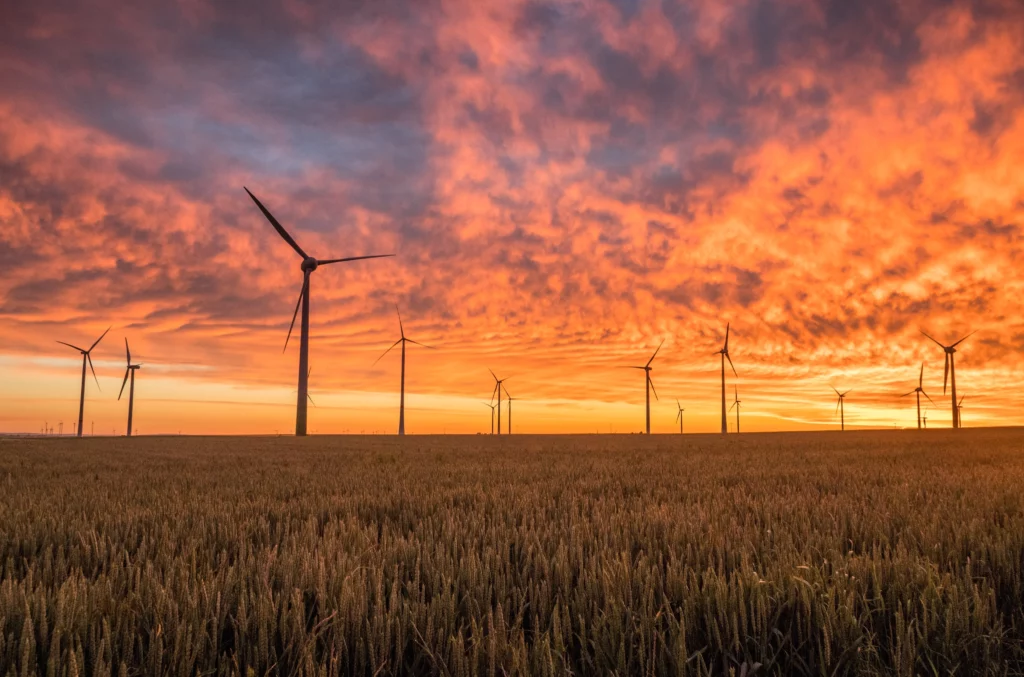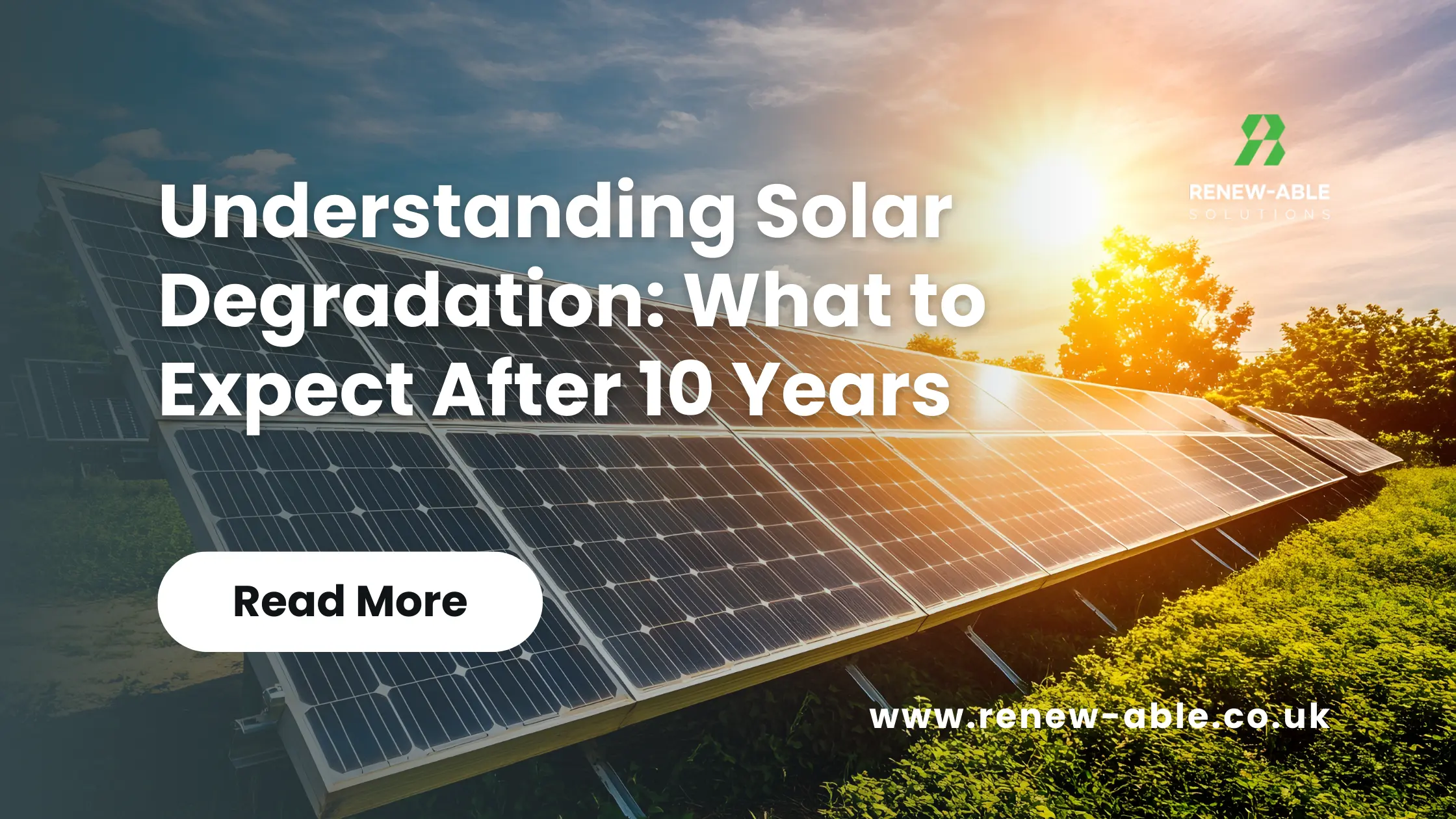Cost of Living Crisis
Yes we are all aware of the cost of living crisis but why are prices rising so quickly and at their highest rates for over 40 years? Well there are many factors at play but the main reason that nobody is really taking note of is how reliant we are on Gas. Electricity prices have been index linked to gas since we started to use gas as a way of generating electricity so naturally when gas goes up so does electricity prices. Ok so now we know that is there a way I can reduce my bills? Let’s explore……
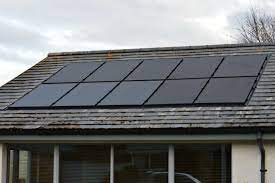
We believe that the only way to break the link between gas and electricity is through renewable energy such as Solar although not just limited to this. Even large energy companies are waking up to this as pointed out by the BBC and now they are even looking to manufacture their own panels to help with global shortages.
Cost of living crisis not only affects the cost of food and energy though – As global shortages of components have made prices shoot up we are also seeing prices for renewable energy devices such as air source heat pumps, solar PV, Lithium based batteries all experience record price increases so we feel that now is really the best time to install.
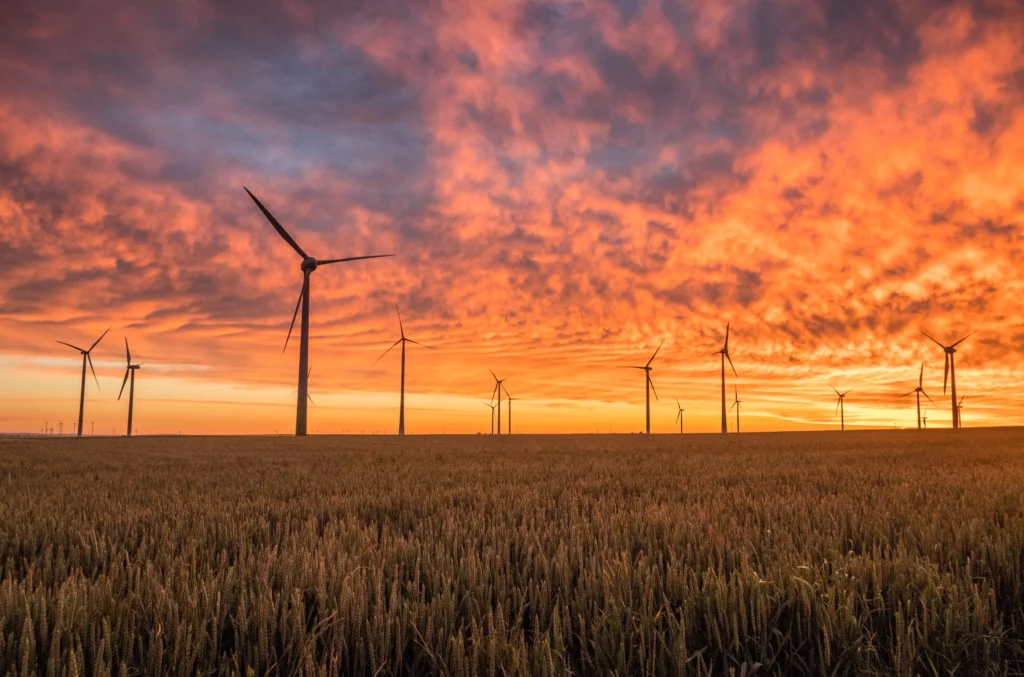
Why have energy prices risen so high?
The price of natural gas has increased almost five-fold since the summer of 2020.
It has been selling on international markets for the equivalent of $250 per barrel of oil.
The International Energy Authority (IEA) says Russia’s invasion of Ukraine in February is the main factor behind this.
Russia has cut natural gas supplies to countries in the European Union by over 80% because of their opposition to the invasion, and this has led to a bidding war for supplies of gas across the world.
The price of natural gas was rising even before the outbreak of the war. As countries emerged from Covid lockdowns, industries started using much more of it.
Coal prices have also risen sharply – tripling over the past year. That’s because with the shortage of gas, many power stations around the world have switched to using coal. instead.
Oil, the third major fossil fuel energy sources, has also risen in price as EU members, along with countries such as the UK and US, have banned purchases of Russian oil.
This has created further oil shortages, and at its peak, Brent crude reached $125 a barrel.
The price is now at levels of between $90 and $95 a barrel.
The IEA says this year’s energy crisis is worse than the oil price shocks of the 1970s because it involves not just oil but natural gas and coal, as well.
It is also affecting the lives of many more people around the world – and especially in developing countries.
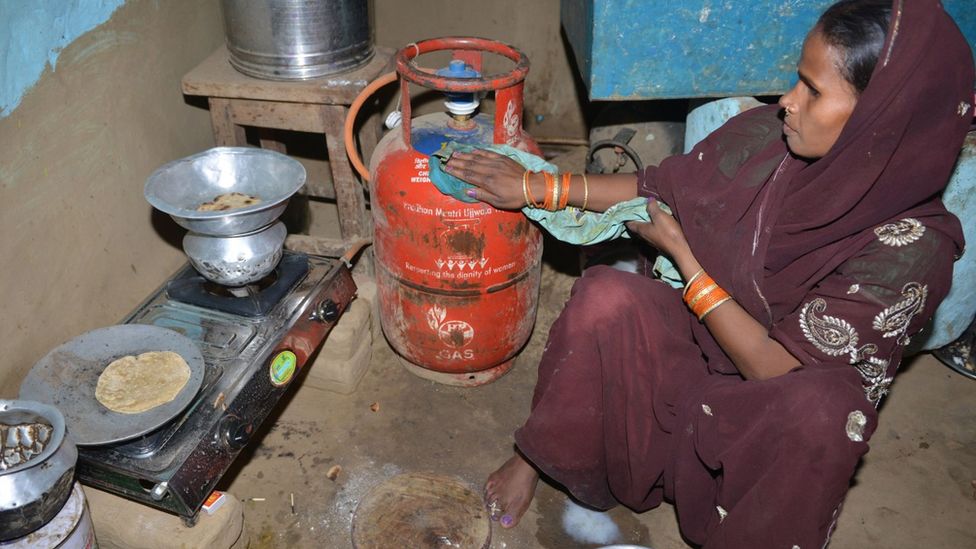
Who is most at risk because of high energy prices?
High fuel prices have increased the cost of producing electricity, and the prices that consumers pay for it.
The IEA says that in recent years, hundreds of millions more people around the world have been able to afford electricity supplies for their homes.
But because of rising prices, it says, 75 million people may not be able to afford their electricity supplies any more.
Hundreds of millions of people in developing countries also use canisters of fuel such as liquefied petroleum gas (LPG) for cooking at home.
In Nigeria, the price of LPG has almost doubled over the past year.
The IEA says 100m people may no longer be able to afford using LPG for their cooking and may have to use firewood instead.
This creates a health problem because wood smoke damages the lungs.
How can the crisis be ended?
Some producer countries have responded to the world energy crisis by increasing their output of fossil fuels.
In the US, companies are expected to increase natural gas production to new record levels in 2022, and again in 2023. Much of this will be sold to EU countries as liquefied natural gas.
However, Europe may have to endure a tough upcoming winter, with continued high gas prices, before these new LNG supplies arrive.
The IEA expects renewables to be key in solving the world’s energy shortages over the next few years.
It says that by 2030, companies around the world are expected to be investing $2 trillion dollars a year in clean energy.
It says by this time, the US could be producing two-and-a-half-times the amount of solar energy and wind energy that it produces now.
China and India are both expected to ramp up their clean energy production.
By 2030, the IEA expects India to near its goal of producing two-thirds of its electricity from renewable sources.
If you want to enjoy the benefits of reduced energy bills and protection from even higher bills in the future now is the time to make the switch as our research shows over a period of time you will get a return on your investment. Get in contact today to discuss your requirements.

